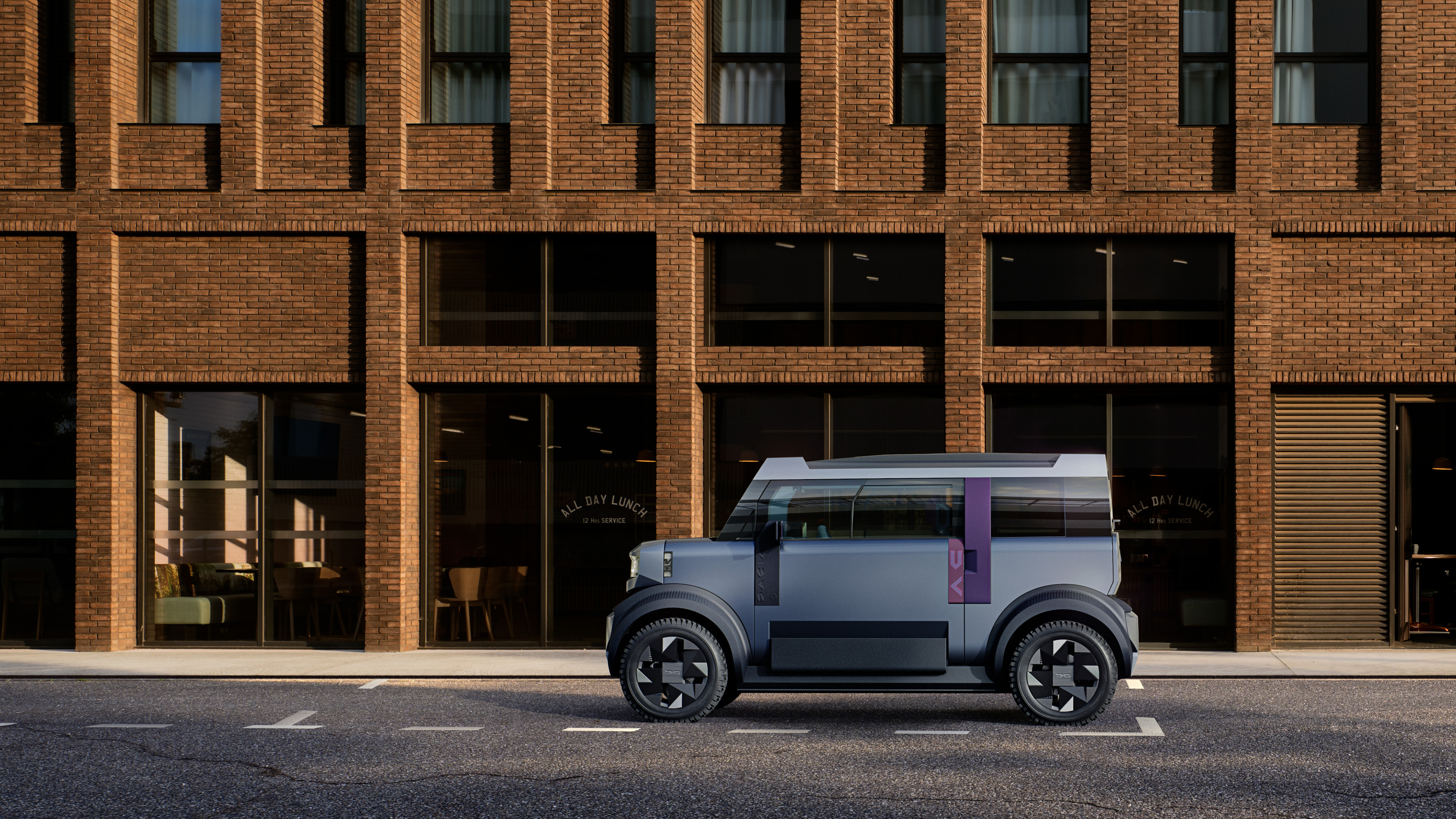Chris Shaw
By his own admission, the British photographer Chris Shaw used to like a drink. Drinking would take him places. He went to get the papers one morning in 1993 and came back two weeks later. In the mean time, Shaw's girlfriend, patience exhausted, had changed the locks to their flat. She had also, it turns out, flogged his Leica camera. He needed money and somewhere to live so a job at a hotel seemed the perfect solution.
So began a decade long stint as a night porter in a number of hotels in London, Paris and New York, prestigious and less so. After four year of routine dismissals, one for falling asleep on the job, Shaw began taking pictures to keep himself awake. By 2000 he had sobered up and collected a bin bag full of undeveloped film. He worked through them. He had shot guests and staff, the tired and bored, drunks and hookers. Shaw shot in black and white and did his own developing.
At first accidentally and then deliberately sloppy, he added stains and thumbprints, amped up the grain and contrast and added something physical. The results were sometimes funny but often unsettling; reports from a world of off-kilter bio-rhythms and bad behavior, out of synch and unregulated by day light. Shaw added his own captions, scrawled across the borders of the shots.
And if Shaw's night porter stint was unplanned, it provided the source material to match his (drink delayed) ambitions. In the early 1980s he had discovered the work of Daido Moriyama, Ikko Narahara and Japanese photographers of the Provoke school. They shot in black and white, had a preoccupation with the the dark and the demimonde and printed their own pictures, in a rough and ready fashion. And they made Shaw want to do something similar.
Shaw's hotel pictures were collected in the book Life as a Night Porter in 2003 and it brought him international attention. It is the diary of a decade of darkness, on all sorts of levels, in a dark place. The images resemble nowhere you've ever stayed, but perhaps the hotel in Murakami's Dance, Dance, Dance, where the Sheep Man lives with the dark closing in.
'It is a hotel of my own imagination,' Shaw says. 'In reality, the hotels bear little resemblance to my pictures. It depends how you look at things. In my experience, heaven and hell are right here on earth - and you can stay in either.'
A new exhibition at Tate Britain, curated by Simon Baker and Helen Delaney, makes clear the link between Shaw and Moriyama in particular. It brings together the Night Porter series, as well as Shaw's earlier Sandy Hill Estate, shot on housing estate near Aldershot in the mid 1980s, and the more recent Weeds of Wallasey, unpeopled shots of post-industrial neglect on the Wirral Peninsula where he grew up, and a selection of Moriyama works from the early 1970s.
'For me, photography is a very dirty and rough process; and stains, marks, blurs, rough edges, writing, are all a part of it,' Shaw says. 'It's about the physical connection, which photographers don't really have any more.' Here other connections are made.
ADDRESS
Tate Britain
Millbank
London
SW1P 4RG
Receive our daily digest of inspiration, escapism and design stories from around the world direct to your inbox.
-
 Year in review: the shape of mobility to come in our list of the top 10 concept cars of 2025
Year in review: the shape of mobility to come in our list of the top 10 concept cars of 2025Concept cars remain hugely popular ways to stoke interest in innovation and future forms. Here are our ten best conceptual visions from 2025
-
 These Guadalajara architects mix modernism with traditional local materials and craft
These Guadalajara architects mix modernism with traditional local materials and craftGuadalajara architects Laura Barba and Luis Aurelio of Barbapiña Arquitectos design drawing on the past to imagine the future
-
 Robert Therrien's largest-ever museum show in Los Angeles is enduringly appealing
Robert Therrien's largest-ever museum show in Los Angeles is enduringly appealing'This is a Story' at The Broad unites 120 of Robert Therrien's sculptures, paintings and works on paper